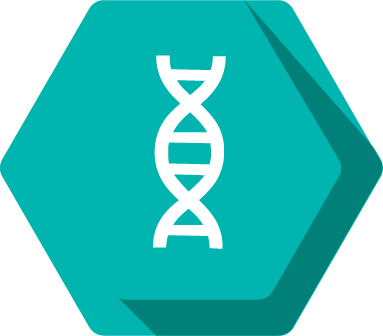Naomi Veidlinger

Pronouns: she/her/hers
Research Mentor(s): Yanzhuang Wang, Professor
Research Mentor School/College/Department: Molecular, Cellular, and Developmental Biology, College of Literature, Science, and the Arts
Presentation Date: Thursday, April 22, 2021
Session: Session 5 (3pm-3:50pm)
Breakout Room: Room 10
Presenter: 3
Abstract
It has been observed that the Golgi apparatus is involved in signaling and in cell adhesion and migration. Additionally, the unique Golgi stacking structure is an essential aspect of Golgi function. Our lab has demonstrated that GRASP55 and GRASP65 are required proteins for Golgi stacking. It has also been shown that integrin a5ß1 is downregulated in GRASP KO cells and that integrin a5ß1 is involved in Epithelial-to-mesenchymal transition (EMT). Using this information, our lab is working to find a possible mechanism that shows that Golgi stacking formation is required in EMT. GRASP KO cells would not maintain the stacked formation of Golgi, meaning that cells with unstacked Golgi would have downregulated integrin. This leads to the hypothesis that stacked Golgi is required for EMT, since integrin a5ß1 is involved in EMT. First, we searched known EMT factors to determine if they were regulated by Golgi proteins and we searched Golgi-associated EMT proteins to determine if they change location during EMT. These findings were useful in attempting to help us connect Golgi to EMT and possibly show us a mechanism of Golgi regulation of EMT. Our literature search showed that GM130 (a cis-Golgi matrix protein) can upregulate the expression of Snail (an EMT factor) (Zhao, 2015). This finding led us to search for a possible mechanism of GM130 regulation of gene transcription or expression, but we were unable to find any evidence in our results. We then considered the possibility that GM130 was involved in signaling, but again we were unable to find any mechanisms of relevant GM130 signaling. We then moved on to study integrin a5ß1 transcription factors, transcription activators, and transcription repressors. The goal of this search was to help us to find a mechanism of Golgi regulation of EMT because we know that integrin a5ß1 is involved in EMT. Testing these transcription factors will hopefully give us more insight in the role of integrin a5ß1 in EMT and in their effect on integrin in GRASP KO cells. Also, we searched for physiological conditions where integrin a5ß1 is downregulated. If we found a mechanism of integrin a5ß1 downregulation, we could see if it involves any Golgi proteins, and possibly determine the function of Golgi in integrin a5ß1 regulation. We did not find much with this search so we moved on to study the RNA sequencing data from GRASP KO cells. We are now looking at pathways that had a change in regulation due to GRASP KO. We noticed changes in viral and immune-related pathways so we are focusing on these. We are studying the targets of the genes involved in these pathways to see how GRASP KO affects them.
Authors: Yanzhuang Wang, Ge Tony Yu, Erpan Ahat
Research Method: Laboratory Research







